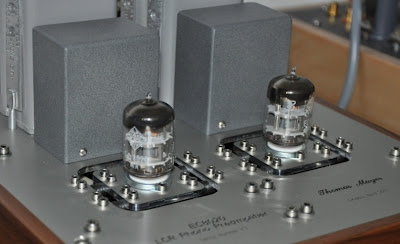The Modern Jazz Quartet is among my favorite Jazz combos. I pretty much like all their recordings, so it was hard to pick one to be presented here. I chose the album called Lonely Woman:
The album was released in 1962 under the Atlantic label. The Quartet consisted of: John Lewis (piano), Percy Heath (bass), Connie Kay (drums) and Milt Jackson playing the vibraphone. As on most MJQ albums, the vibraphone is quite dominant. Milt Jacksons play is absolutely brilliant.
If you are not familiar with the Modern Jazz Quartet yet, this album is a good start to get to know them. Other great albums from them are Blues at Carnegie Hall, Concorde, The Last Concert and many others.
I hope you enjoyed this fourth presentation of my favorite music. You might have the impression that I only listen to 50 year old records. This is not the case. Next time I will introduce a favorite record which is of a completely different music style and more recent release date.
Best regards
Thomas

































